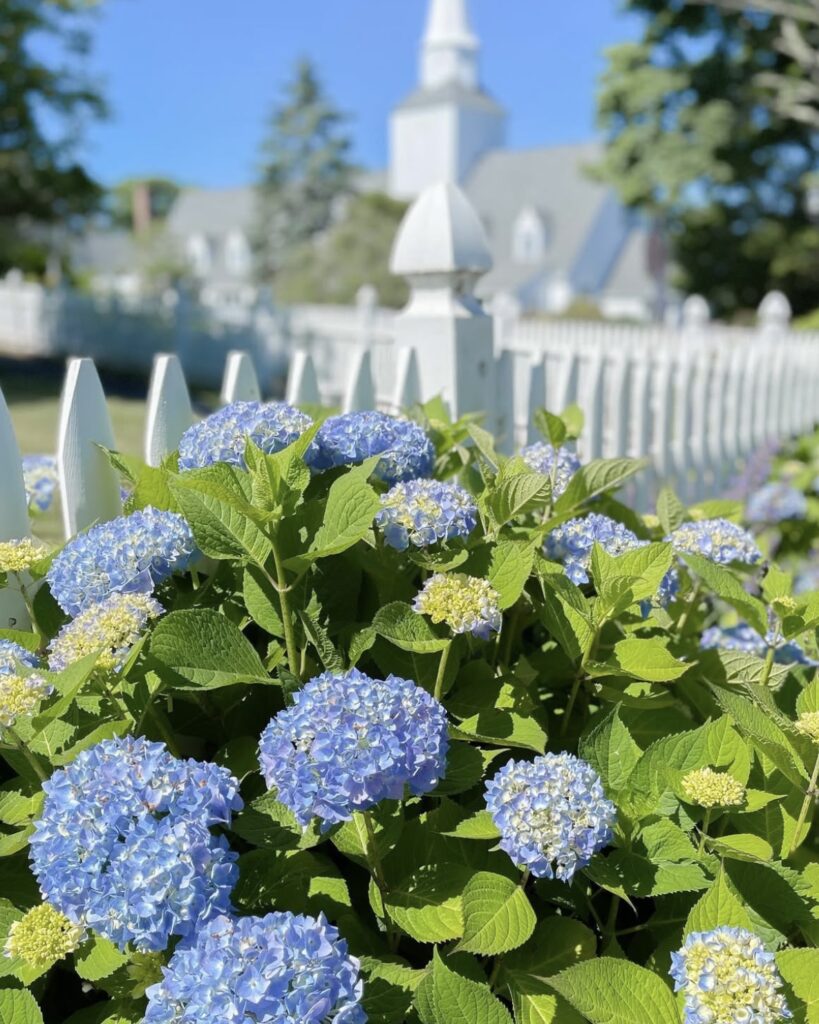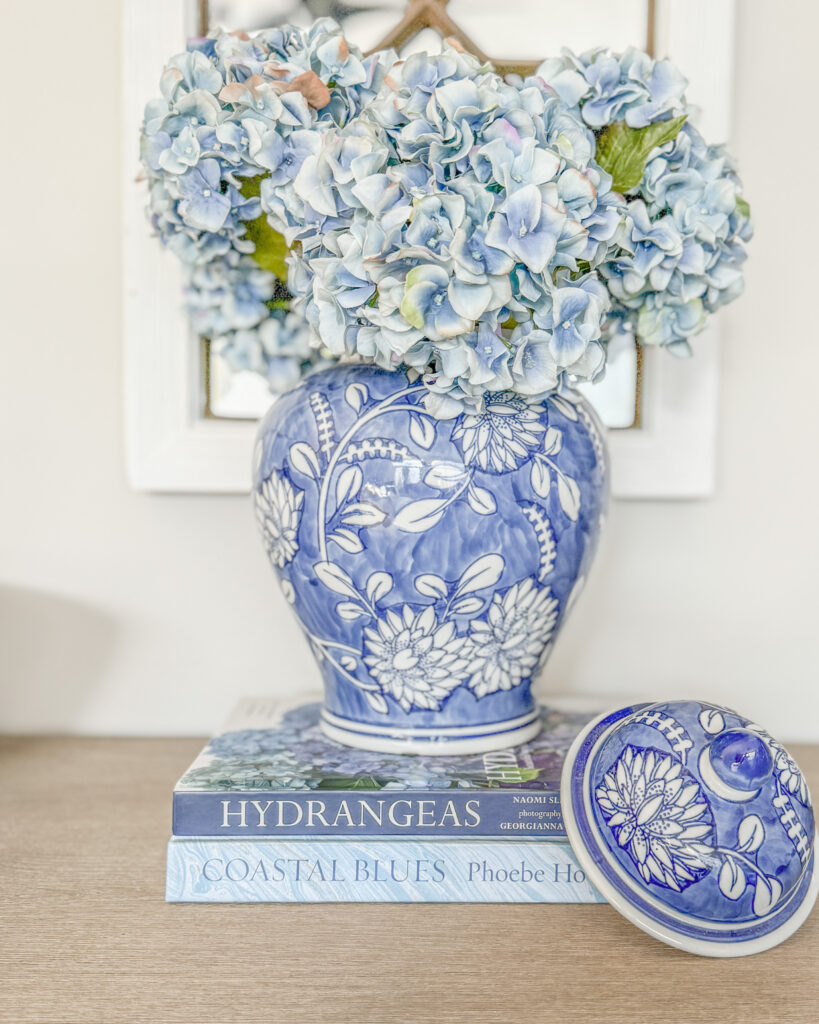Over 75 species of hydrangeas exist, and they can do well in many conditions. They are a key part of summer gardens. We’re excited to share the top 5 tips for growing hydrangeas, including essential care tips!
Hydrangeas can grow up to 15 feet tall and do well in zones 4–10. We’ll cover planting to pruning. You’ll get the knowledge to grow these beautiful shrubs with our 5 tips and expert advice!
Let’s dive into the world of hydrangeas. Discover how to make them a stunning part of your garden. Our 5 tips and care guide will help you succeed!
Understanding Hydrangea Basics
We’re excited to explore the world of hydrangeas! As we start our hydrangea planting guide, knowing the different types is key. This helps us give the right care and hydrangea maintenance for these beautiful plants.
There are many types of hydrangeas, each unique. Bigleaf hydrangeas have large, round flowers. Panicle hydrangeas have cone-shaped flowers. Oakleaf hydrangeas have lobed leaves, and smooth hydrangeas have big, round flower heads.
Different Types of Hydrangeas
Let’s look at the different hydrangeas and how they grow. Knowing their needs helps us create a hydrangea planting guide for our climate and soil.
Natural Habitat and Growth Patterns
Hydrangeas need at least 6 hours of sun a day, with afternoon shade. They should have about 5 feet of space between each other. By following these tips and doing proper hydrangea maintenance, we can enjoy beautiful blooms and a thriving garden.
Best Growing Zones in the United States
Hydrangeas grow in zones 3 to 7, depending on the type. Bigleaf hydrangeas do well in zones 5 through 9. Panicle hydrangeas can grow up to 15 feet tall in zones 3 through 7. By picking the right type for our zone and following a good hydrangea planting guide, we can have a stunning garden.
Selecting the Perfect Location for Your Hydrangeas
We’re excited to help you find the ideal spot for your hydrangeas! When it comes to hydrangea care, choosing the right location is crucial. Hydrangeas do best in conditions with 3-5 hours of sun per day, which is considered dappled or light shade. If you’re looking for a hydrangea planting guide, remember that full sun is 6 or more hours of sun per day. Partial shade is 2-4 hours of sun per day.
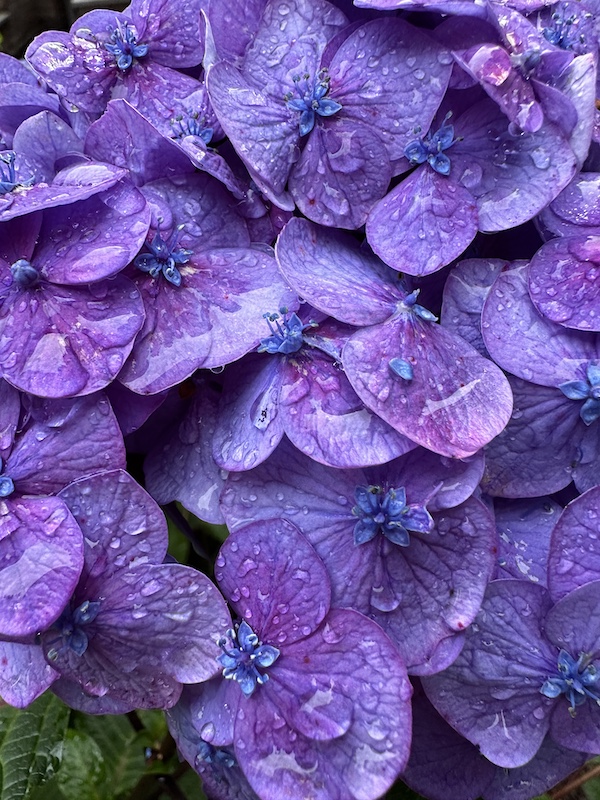
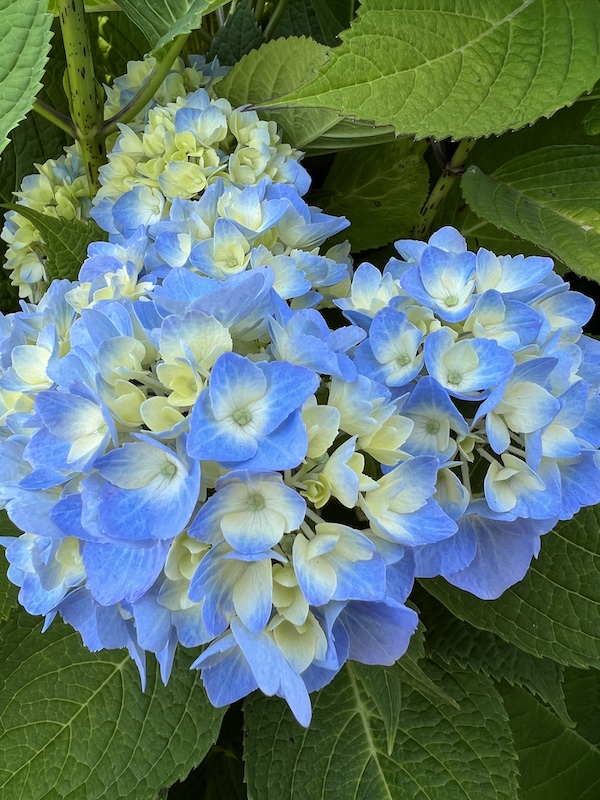
Most hydrangea species do well with about 4 hours of morning sun per day. The east side of a home is generally the best spot for hydrangeas. It gets morning sun and afternoon shade. If you have a south-facing location, panicle hydrangeas can thrive, especially with deciduous trees creating dappled shade. Just remember to water them more frequently, as the west side of a house needs more water due to the afternoon sun.
By following these tips and considering your hydrangeas’ specific needs, you’ll create a beautiful and thriving garden. Happy planting!
Soil Requirements and Preparation
Hydrangea maintenance is key for their growth and blooms. Hydrangeas love slightly acidic soil with a pH between 5.5 and 6.5. You can check your soil’s pH with a testing kit or by sending a sample to a lab.
After finding out your soil’s pH, you might need to adjust it. If it’s too alkaline, add elemental sulfur or peat moss. For too acidic soil, lime is the answer. Don’t forget to add nutrients for healthy growth. A hydrangea watering schedule helps with watering, but remember to check the soil’s moisture too.
Testing Soil pH Levels
Testing your soil’s pH is easy at home. You can buy a soil testing kit at a gardening store or online. These kits have test strips or meters to measure pH. Testing your soil helps you know if it’s too acidic or alkaline and how to fix it.
Adding Essential Nutrients
Adding nutrients is crucial for your hydrangeas’ health. Use compost or well-rotted manure to improve soil structure and fertility. This will help your hydrangeas grow strong and bloom beautifully. Follow these tips to create a thriving hydrangea garden that will bring joy and beauty for years!
5 Tips for Growing Hydrangeas Successfully
We’re excited to share our top 5 tips for growing hydrangeas! These beautiful flowers can thrive with the right care. First, make sure they get the right sunlight. Hydrangeas like partial shade to full sun, depending on the type.
Bigleaf hydrangeas do best with partial sun. They like full sun in the morning and some shade in the afternoon.
Watering deeply and regularly is key. Hydrangeas need consistent moisture, especially in hot summer months. Water them at a rate of 1 inch per week during the growing season.
Fertilizing regularly is also vital. Feed your hydrangeas with a balanced fertilizer in the spring and summer. Pruning correctly is another important tip. Prune your hydrangeas in late winter or early spring to promote healthy growth and blooming.
Finally, protect your hydrangeas from pests and diseases. Watch out for common pests like aphids and whiteflies. Also, keep an eye out for diseases like powdery mildew and leaf spot. By following these 5 tips, you’ll enjoy beautiful, thriving hydrangeas in your garden!
Mastering the Watering Schedule
We’re excited to share our tips on mastering the hydrangea watering schedule! Hydrangeas love consistent moisture, especially in hot summer months. To water them right, aim for about 1 inch of water per week. Make sure to water deeply and often, but avoid getting water on the leaves to prevent diseases.
Morning vs Evening Watering
Timing is key when it comes to hydrangea maintenance. Watering in the early morning helps hydrate your plant for the day. It also lets leaves dry before the heat gets too strong. This prevents water spots on leaves that could burn them.
Signs of Over and Under Watering
It’s important to know the signs of too much or too little water. Dry, crispy leaves mean your plant is thirsty. On the other hand, yellow or brown leaves suggest you’re watering too much. Keep an eye on your hydrangeas to adjust your hydrangea watering schedule as needed.
Drought Management Techniques
To handle drought, water your hydrangeas when the top inch of soil is dry. Drip irrigation or soaker hoses are great for getting water straight to the roots. This cuts down on evaporation and runoff. Follow these tips to master the hydrangea watering schedule and keep your plants thriving!
Essential Pruning Techniques
Pruning is a crucial part of hydrangea care. When done correctly, it can make a huge difference in your plants’ appearance.
Pruning hydrangeas in the late winter or early spring promotes healthy growth and blooming. We recommend removing any dead or damaged branches. Cut back the stems to about 12-18 inches from the ground. This encourages new growth and blooming.
It’s essential to note that different types of hydrangeas require different pruning techniques. For example, bigleaf hydrangeas bloom on old wood and should be pruned after flowering in late summer or early fall. On the other hand, panicle and smooth hydrangeas bloom on new wood and should be pruned in late winter or early spring before new growth.
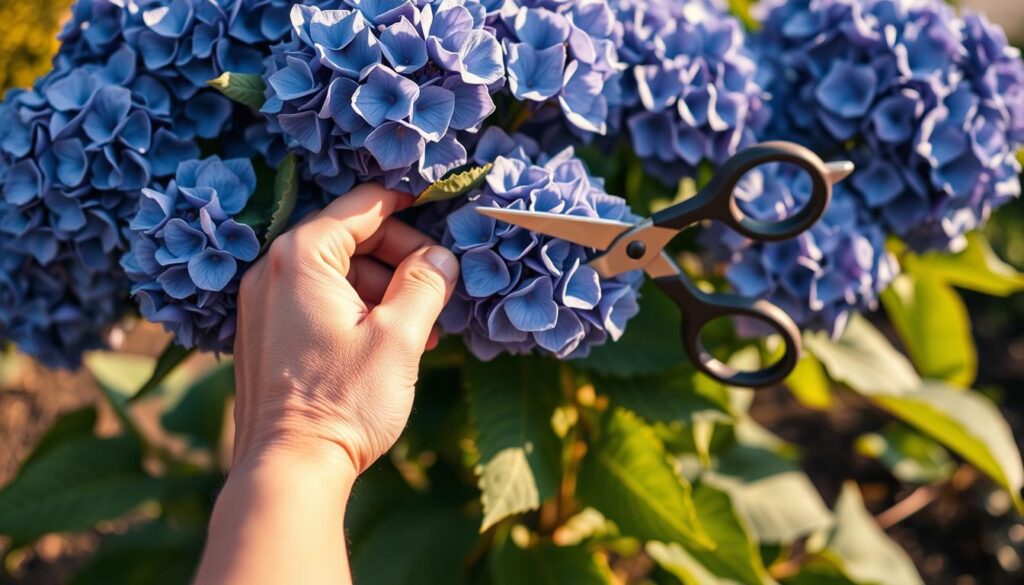
By following these hydrangea pruning tips, you’ll enjoy beautiful, healthy blooms all season long. Always prioritize hydrangea care and take the time to prune your plants correctly. With a little practice and patience, you’ll become a pro at pruning hydrangeas in no time!
So, don’t be afraid to get out there and start pruning! Your hydrangeas will thank you, and you’ll be rewarded with stunning blooms. Happy pruning, and don’t forget to share your tips and tricks with us!
Managing Blooms and Color Changes
We’re excited to share our tips on managing blooms and color changes in hydrangeas! Understanding how to control flower colors and extend blooming periods is key in hydrangea care. Did you know that the color of hydrangea blooms can be influenced by soil pH? For example, bigleaf hydrangeas will produce blue flowers in acidic soil and pink flowers in alkaline soil.
To control flower colors, you can adjust the soil pH by adding elemental sulfur or lime. This is a crucial part of hydrangea maintenance, as it can help you achieve the desired color for your blooms. Additionally, consider deadheading your hydrangeas to encourage more blooming and extend the blooming period. By following these tips, you’ll be able to enjoy beautiful, vibrant blooms all season long!
Controlling Flower Colors
Controlling flower colors is a fun and creative part of growing hydrangeas. By adjusting the soil pH, you can change the color of your blooms to match your desired aesthetic. Just remember to test your soil regularly to ensure you’re providing the best conditions for your hydrangeas to thrive.
Extending Blooming Periods
Extending blooming periods is another important aspect of hydrangea care. By deadheading your hydrangeas and providing the right conditions, you can enjoy blooms for a longer period. This will not only add beauty to your garden but also attract pollinators and other beneficial insects.
Seasonal Care Guidelines
Hydrangea maintenance is key for their growth and blooms. To keep your hydrangeas happy, give them the right care in each season.
In spring, fertilize with a balanced fertilizer for healthy growth. For hydrangea care in summer, water deeply and often. Also, deadhead to encourage more blooms. In fall, cut back on watering and fertilizing, and protect from frost.
In winter, protect from extreme cold and wind. By following these tips, you’ll enjoy beautiful blooms all year. Remember, hydrangea care is about creating the right conditions for your plant. If you have questions or need more guidance on hydrangea maintenance, don’t hesitate to ask!
With a little love and care, your hydrangeas will be the envy of the neighborhood!
Let’s start our seasonal care journey and help our hydrangeas thrive. Happy planting! Don’t forget to share your hydrangea care tips with us!
Protecting Hydrangeas from Pests and Diseases
Growing beautiful hydrangeas takes a lot of time and effort. We don’t want pests and diseases to ruin our hard work! That’s why we’re excited to share our top tips for protecting your hydrangeas. We’ll cover common pests and diseases, and how to care for your plants.
When it comes to hydrangea maintenance, being proactive is key. Regularly check your plants for pests or diseases. If you see any issues, act fast. Common pests include aphids, whiteflies, and spider mites. Use natural treatments like neem oil or insecticidal soap to control them.
It’s also crucial to prevent diseases like powdery mildew and leaf spot. Make sure your plants have good air circulation. Water at the base of the plant and avoid overwatering. These simple steps can help keep your hydrangeas healthy and thriving.
Remember, a little extra care can make a big difference. Give your plants the best chance to succeed. Enjoy the many benefits of hydrangea care and hydrangea maintenance!
Propagation Methods and Tips
We’re excited to share our knowledge on hydrangea propagation! This process is a great way to share these beautiful shrubs with friends and family. Hydrangea propagation can be done using stem cuttings, layering, or division. To get started, it’s essential to understand the basics of each method.
For stem cutting, take 6-8 inch cuttings from the current season’s growth, remove lower leaves, and plant them in a pot filled with a well-draining mix. Keep the soil moist and provide indirect light. This method is a popular choice for hydrangea care, as it allows for easy propagation and maintenance.
Another method is layering, where you bend a low-growing branch to the ground, make a small wound, and cover it with soil. This technique is a bit more involved, but it’s a great way to propagate hydrangeas. Division is also an option, where you dig up the entire plant, gently separate the roots, and replant the divisions in a new location. With proper hydrangea care, your new plants will thrive!
Stem Cutting Techniques
When taking stem cuttings, it’s crucial to choose healthy stems with multiple leaves. The optimal time for taking softwood hydrangea cuttings is between May and mid-July. Use a rooting hormone, such as GardenTech’s RootBoost, to improve success rates. With these tips and a little practice, you’ll be a pro at hydrangea propagation in no time!
Companion Planting with Hydrangeas
We enjoy trying out different plants to make our garden beautiful and healthy! Hydrangea care gets a boost from companion planting. The right plants can make your hydrangeas look and feel better.
For instance, hostas, ferns, and astilbe are great with hydrangeas. They like the same shade and soil, making them perfect neighbors. With good hydrangea maintenance, your garden will be stunning.
Companion planting also helps with pests. Marigolds and lavender are colorful and keep pests away. By picking the right plants, you can make your hydrangea care even better. Your garden will flourish and look amazing.
Conclusion: Creating Your Hydrangea Paradise
Hydrangeas are not just beautiful; they’re also very tough plants. By following our guide, you’re ready to make your own hydrangea paradise. Make sure they get the right sunlight, water them well, and feed them often. Also, prune them right and keep pests and diseases away.
With the right care, your hydrangeas will bloom beautifully for years. They’ll make your garden a stunning place. Whether you’re new to gardening or have been doing it for a while, growing hydrangeas is rewarding. So, start gardening and enjoy the beauty of your hydrangea paradise. Happy gardening!
